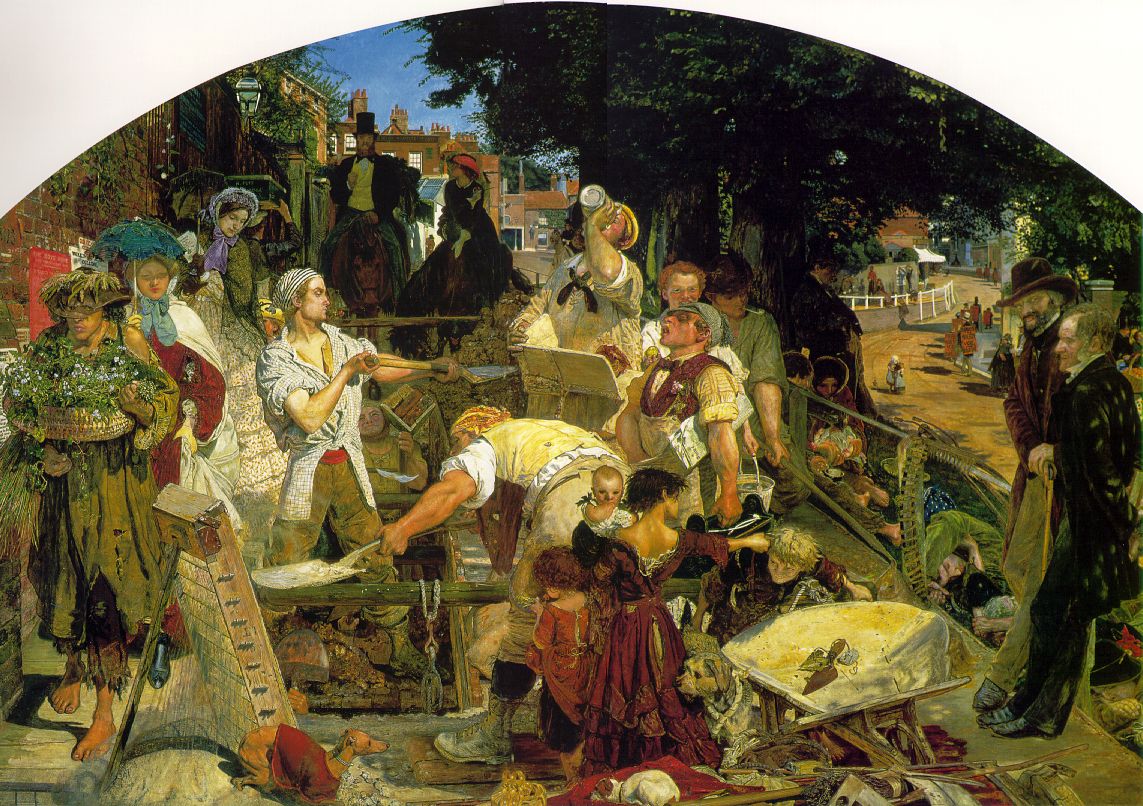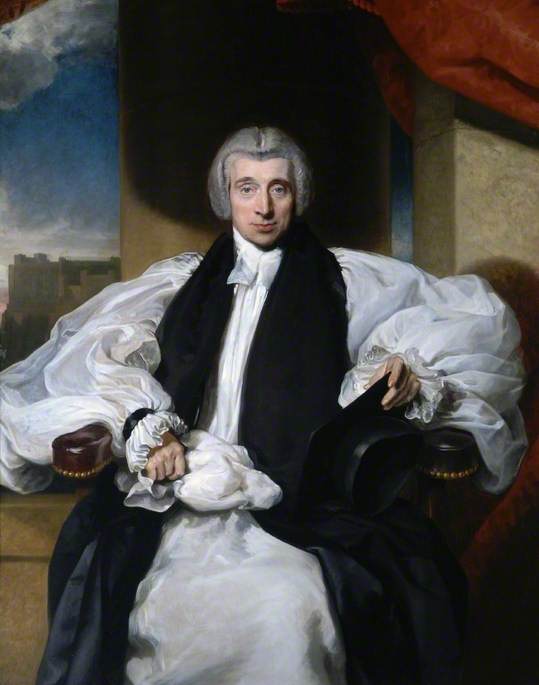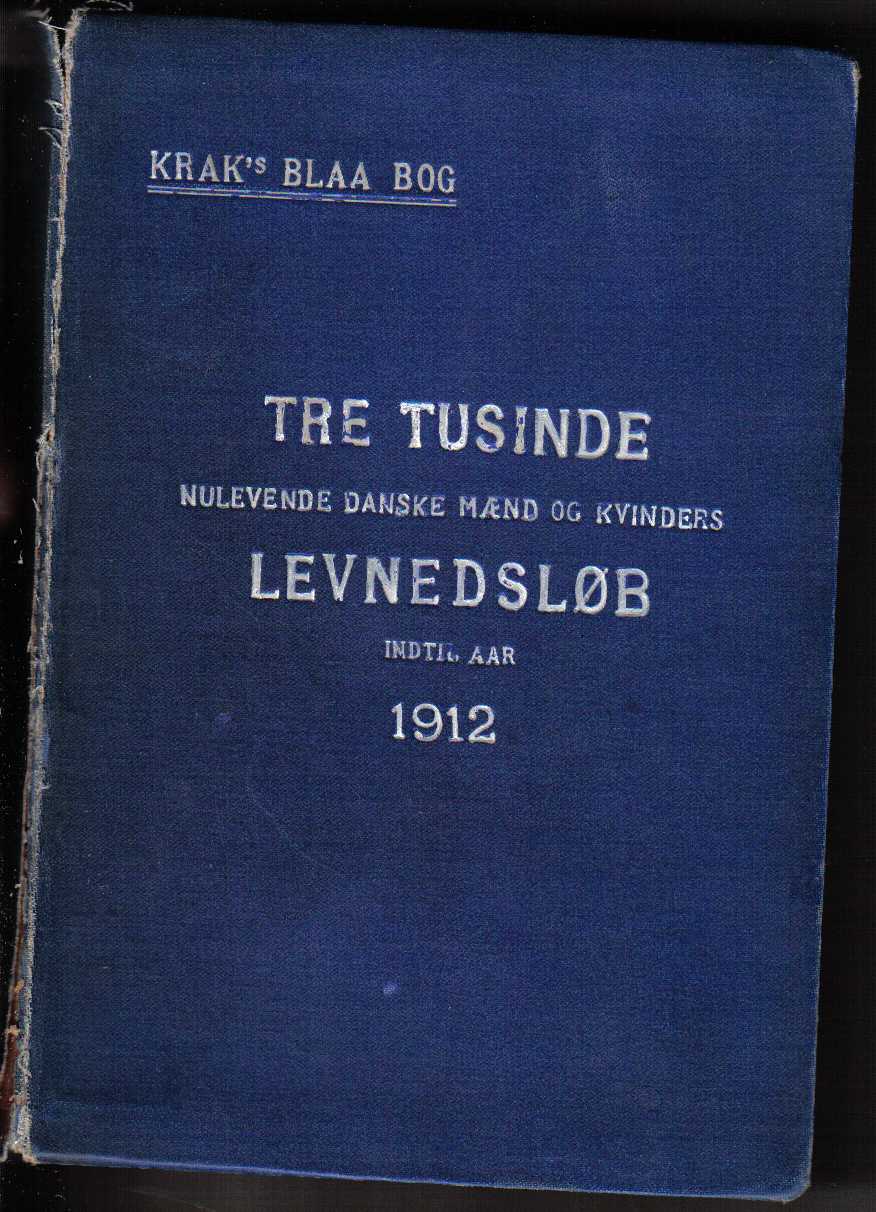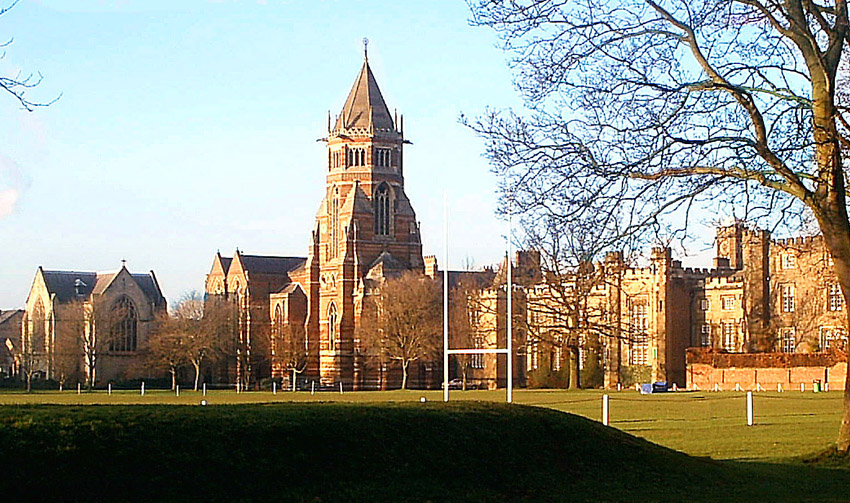|
Richard Nugee
Lieutenant General Richard Edward Nugee, CB, CVO, CBE (born 3 June 1963) is a retired senior British Army officer. He served in several senior roles including Defence Services Secretary (2015–2016) and Chief of Defence People (2016–2020), before ending his career leading a review into climate change policy in the Ministry of Defence between March 2020 and May 2021. Early life and education Nugee was born on 3 June 1963 in Hampstead, England. He is the son of Edward Nugee, a notable barrister, and his wife Rachel, a Bletchley codebreaker and active Lay person, lay Anglican. He was educated at Radley College, an all-boys Public school (United Kingdom), public school near Radley, Oxfordshire. He studied anthropology at Durham University, where he was a member of Grey College, Durham, Grey College, and graduated with a Bachelor of Arts (BA) degree in 1985. He later studied military affairs at King's College London, and completed a Master of Arts (MA) degree in 1995. Military c ... [...More Info...] [...Related Items...] OR: [Wikipedia] [Google] [Baidu] |
Hampstead
Hampstead () is an area in London, England, which lies northwest of Charing Cross, located mainly in the London Borough of Camden, with a small part in the London Borough of Barnet. It borders Highgate and Golders Green to the north, Belsize Park to the south and is surrounded from the northeast by Hampstead Heath, a large, hilly expanse of parkland. Hampstead is known for its intellectual, artistic, liberal, and literary associations. It contains a number of listed buildings, such as Burgh House, Kenwood House, the Spaniard's Inn, and the Everyman cinema. With some of the most expensive housing in London, Hampstead has had many notable residents, both past and present, including King Constantine II of Greece and his wife Queen Anne Marie, Helena Bonham Carter, Agatha Christie, T. S. Eliot, Jon English, Sigmund Freud, Stephen Fry, Ricky Gervais, Jim Henson, George Orwell, Harry Styles and Elizabeth Taylor. As of 2004, Hampstead has been home to more Prime Mini ... [...More Info...] [...Related Items...] OR: [Wikipedia] [Google] [Baidu] |
Royal Victorian Order
The Royal Victorian Order () is a dynastic order of knighthood established in 1896 by Queen Victoria. It recognises distinguished personal service to the monarch, members of the royal family, or to any viceroy or senior representative of the monarch. The present monarch, King Charles III, is the sovereign of the order. The order's motto is ''Victoria.'' The order's official day is 20 June. The order's chapel is the Savoy Chapel in London. There is no limit on the number of individuals honoured at any grade. Admission is at the sole discretion of the monarch. Each of the order's five grades represent different levels of service, as does the medal, which has three levels of service. While all those honoured may use the prescribed styles of the order – the top two grades grant titles of knighthood, and all grades accord distinct post-nominal letters – the Royal Victorian Order's precedence amongst other honours differs from realm to realm and admission to some grades may be ba ... [...More Info...] [...Related Items...] OR: [Wikipedia] [Google] [Baidu] |
Durham University
Durham University (legally the University of Durham) is a collegiate university, collegiate public university, public research university in Durham, England, founded by an Act of Parliament (UK), Act of Parliament in 1832 and incorporated by royal charter in 1837. It was the first recognised university to open in England for more than 600 years, after University of Oxford, Oxford and University of Cambridge, Cambridge, and is thus the third-oldest university in England debate, third-oldest university in England. As a collegiate university, its main functions are divided between the academic departments of the university and its Colleges of Durham University, 17 colleges. In general, the departments perform research and provide teaching to students, while the colleges are responsible for their domestic arrangements and welfare. The university is a member of the Russell Group of British research universities and is also affiliated with the regional N8 Research Partnership and int ... [...More Info...] [...Related Items...] OR: [Wikipedia] [Google] [Baidu] |
Who's Who
A Who's Who (or Who Is Who) is a reference work consisting of biographical entries of notable people in a particular field. The oldest and best-known is the annual publication ''Who's Who (UK), Who's Who'', a reference work on contemporary prominent people in Britain published annually since 1849. Notable examples by country * ''Who's Who (UK), Who's Who'', the oldest listing of prominent British people since 1849; people who have died since 1897 are listed in ''Who Was Who'' * ''Cambridge Who's Who'' (also known as ''Worldwide Who's Who''), a vanity publisher based in Uniondale, New York * ''Marquis Who's Who'', a series of books published since 1899 by Marquis, primarily listing prominent American people, but including ''Who's Who in the World'' * ''Who's Who in New Zealand'', twelve editions published at irregular intervals between 1908 and 1991 * ''Canadian Who's Who'', a listing of prominent Canadians since 1910 * ''Who's Who in Switzerland'', published from 1953 to 1996 and ... [...More Info...] [...Related Items...] OR: [Wikipedia] [Google] [Baidu] |
Oxfordshire
Oxfordshire ( ; abbreviated ''Oxon'') is a ceremonial county in South East England. The county is bordered by Northamptonshire and Warwickshire to the north, Buckinghamshire to the east, Berkshire to the south, and Wiltshire and Gloucestershire to the west. The city of Oxford is the largest settlement and county town. The county is largely rural, with an area of and a population of 691,667. After Oxford (162,100), the largest settlements are Banbury (54,355) and Abingdon-on-Thames (37,931). For local government purposes Oxfordshire is a non-metropolitan county with five districts. The part of the county south of the River Thames, largely corresponding to the Vale of White Horse district, was historically part of Berkshire. The lowlands in the centre of the county are crossed by the River Thames and its tributaries, the valleys of which are separated by low hills. The south contains parts of the Berkshire Downs and Chiltern Hills, and the north-west includes part o ... [...More Info...] [...Related Items...] OR: [Wikipedia] [Google] [Baidu] |
Radley
Radley is a village and civil parish about northeast of the centre of Abingdon, Oxfordshire. The parish includes the hamlet of Lower Radley on the River Thames. It was part of Berkshire until the 1974 boundary changes transferred it to Oxfordshire. The village is home to Radley College, a famous boarding independent school for boys from the age of thirteen to eighteen that consists of 690 pupils. Parish church The Church of England parish church of Saint James the Great was built in about 1290. The church is built of stone, but unusually its roof is supported by wooden pillars installed by a medieval Abbot of Abingdon, who was told in a vision to ''"seek hemin the forest"''. The present south aisle dates from the 14th century but the chancel, nave and bell tower were rebuilt in the 15th century. The windows contain Royal heraldic stained glass from the latter part of the 15th century and from the Tudor period. In the tower is a stained-glass portrait believed to represent ... [...More Info...] [...Related Items...] OR: [Wikipedia] [Google] [Baidu] |
Public School (United Kingdom)
A public school in England and Wales is a type of fee-charging Private schools in the United Kingdom, private school originally for older boys. The schools are "public" from a historical schooling context in the sense of being open to pupils irrespective of locality, Christian denomination, denomination or paternal trade guild, trade or profession or family affiliation with governing or military service, and also not being run for the profit of a private owner. Although the term "public school" has been in use since at least the 18th century, its usage was formalised by the Public Schools Act 1868 (31 & 32 Vict. c. 118), which put into law most recommendations of the 1864 Clarendon Report. Nine prestigious schools were investigated by Clarendon (including two day schools, Merchant Taylors' School, Northwood, Merchant Taylors' and St Paul's School, London, St Paul's) and seven subsequently reformed by the Act: Eton College, Eton, Shrewsbury School, Shrewsbury, Harrow School, Ha ... [...More Info...] [...Related Items...] OR: [Wikipedia] [Google] [Baidu] |
Radley College
Radley College, formally St Peter's College, Radley or the College of St. Peter at Radley, is a Public school (United Kingdom), public school (independent boarding school) for boys near the village of Radley, in Oxfordshire, in the United Kingdom. It was founded in 1847. The school covers including playing fields, a golf course, a lake, and farmland. Before the counties of England were re-organised, the school was in Berkshire. Radley is one of four public schools which have retained the boys-only, boarding-only tradition, the others being Sherborne School, Sherborne, Harrow School, Harrow, and Eton College, Eton. Formerly this group included Winchester College, Winchester, although it is currently undergoing a transition to co-ed status. Of the seven public schools addressed by the Public Schools Act 1868 four have since become co-educational: Rugby School, Rugby (1976), Charterhouse School, Charterhouse (1971), Westminster School, Westminster (1973), and Shrewsbury School, S ... [...More Info...] [...Related Items...] OR: [Wikipedia] [Google] [Baidu] |
Anglican
Anglicanism, also known as Episcopalianism in some countries, is a Western Christianity, Western Christian tradition which developed from the practices, liturgy, and identity of the Church of England following the English Reformation, in the context of the Protestant Reformation in Europe. It is one of the largest branches of Christianity, with around 110 million adherents worldwide . Most are members of national or regional Ecclesiastical province#Anglican Communion, ecclesiastical provinces of the international Anglican Communion, one of the largest Christian bodies in the world, and the world's third-largest Christian communion. When united and uniting churches, united churches in the Anglican Communion and the breakaway Continuing Anglican movement were not counted, there were an estimated 97.4 million Anglicans worldwide in 2020. Adherents of Anglicanism are called ''Anglicans''; they are also called ''Episcopalians'' in some countries. The provinces within the Anglican ... [...More Info...] [...Related Items...] OR: [Wikipedia] [Google] [Baidu] |
Lay Person
In religious organizations, the laity () — individually a layperson, layman or laywoman — consists of all members who are not part of the clergy, usually including any non-ordained members of religious orders, e.g. a nun or a lay brother. In secular usage, by extension, a layperson is a person who is not qualified in a given profession or is not an expert in a particular field. The phrase " layman's terms" is used to refer to plain language that is understandable to the everyday person, as opposed to specialised terminology understood only by a professional. Terms such as ''lay priest'', ''lay clergy'' and ''lay nun'' were once used in certain Buddhist cultures, especially Japanese, to indicate ordained persons who continued to live in the wider community instead of retiring to a monastery. Some Christian churches utilise lay preachers, who preach but are not clergy. The Church of Jesus Christ of Latter-day Saints uses the term ''lay priesthood'' to emphasise that its loca ... [...More Info...] [...Related Items...] OR: [Wikipedia] [Google] [Baidu] |
Who Was Who
''Who's Who'' is a reference work. It has been published annually in the form of a hardback book since 1849, and has been published online since 1999. It has also been published on CD-ROM. It lists, and gives information on, people from around the world who influence British life. Entries include notable figures from government, politics, academia, business, sport and the arts. ''Who's Who 2023'' is the 175th edition and includes more than 33,000 people. In 2004, the book was described as the United Kingdom's most prominent work of biographical reference. The book is the original ''Who's Who'' book and "the pioneer work of its type". The book is an origin of the expression "who's who" used in a wider sense. History ''Who's Who'' has been published since 1849."More about Who's Who" OUP. When book publisher A & C Black bought t ... [...More Info...] [...Related Items...] OR: [Wikipedia] [Google] [Baidu] |
Who's Who 2020
''Who's Who'' is a reference work. It has been published annually in the form of a hardback book since 1849, and has been published online since 1999. It has also been published on CD-ROM. It lists, and gives information on, people from around the world who influence British life. Entries include notable figures from government, politics, academia, business, sport and the arts. ''Who's Who 2023'' is the 175th edition and includes more than 33,000 people. In 2004, the book was described as the United Kingdom's most prominent work of biographical reference. The book is the original ''Who's Who'' book and "the pioneer work of its type". The book is an origin of the expression "who's who" used in a wider sense. History ''Who's Who'' has been published since 1849."More about Who's Who" OUP. When book publisher |





